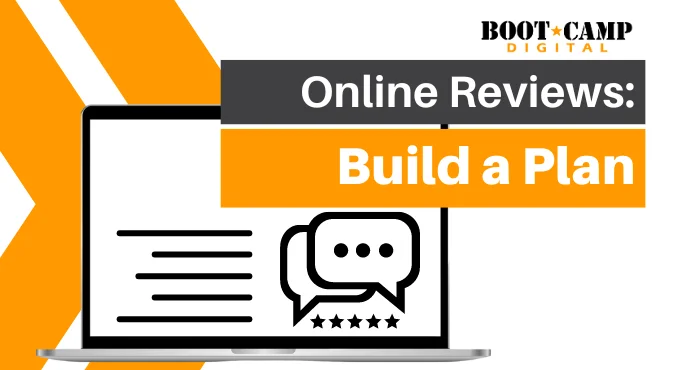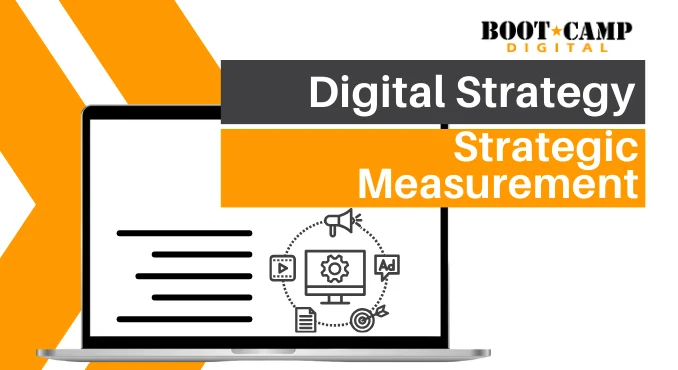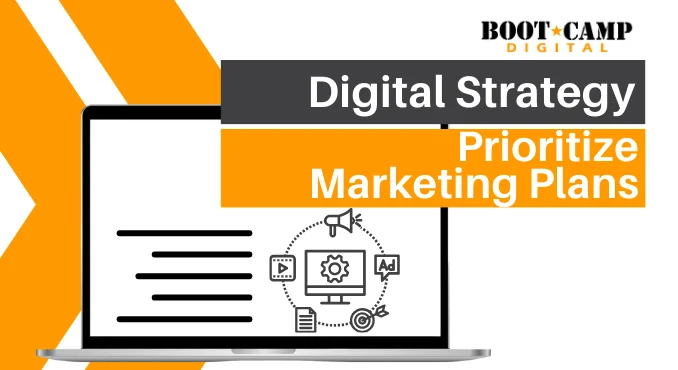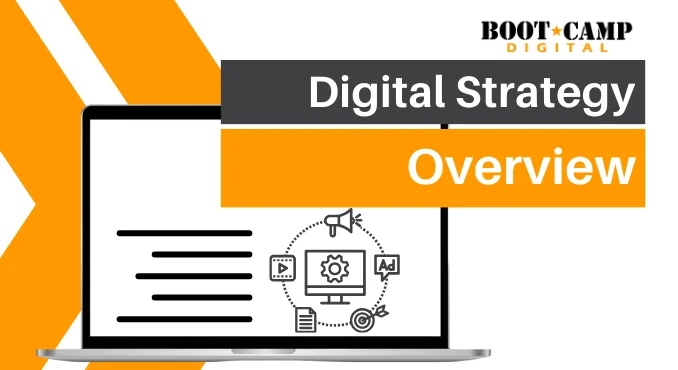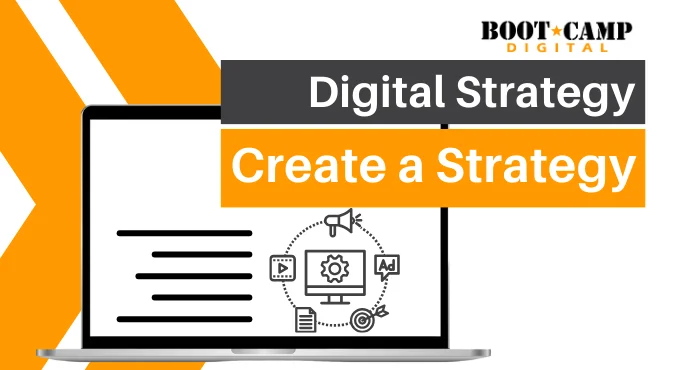 Building a social media strategy is an important first step to success in the social media space. It isn’t as simple as joining facebook and setting up a fan page or creating a twitter account.
Building a social media strategy is an important first step to success in the social media space. It isn’t as simple as joining facebook and setting up a fan page or creating a twitter account.
I’m currently working on a book about social media marketing and I have had the pleasure of speaking with a number of companies that have successfully created and executed social media strategies. One of the things that they all have in common is that they approach social media strategically.
Sure there are some successes that are flukes, however companies that consistently see results in social media approach it with a strategy in mind. Here are the steps to a successful social media strategy.
1. Know your Marketing Objectives
What are you hoping to achieve with social media? Are you going for awareness, sales, leads? The first step is to understand what you are hoping to achieve. You can then assess social media platforms against these objectives and also set measures.
2. Know your Target Audience
To be successful in social media marketing you need to intimately know your audience. What are they interested in? What gets them excited? What are they passionate about? Where are they online?
3. Develop a Content Plan
If you really know your target audience you can create a content plan that is meaningful to them. What d they REALLY care about? How can you connect with them by talking about things they are interested in? What things, related to your product are they really passionate about.
4. Determine Calls to Action
Based on your marketing objectives you should be able to develop calls to action – action that you want someone to take that will ultimately lead to business value for you. This might be getting their email address, having them call you, a direct sale online, filling out a contact form, etc. Knowing your call to action or ultimate goal will help you really drive value from your social marketing.
5. Tools
Pick the best tools for the job. Based on your content, target and calls to action look for the social media tools that are most likely to achieve your objectives. The tools you pick will be a function of where your audience is and the flexibility and opportunities for marketers in the various tools. For example you audience may be on Facebook (since most people are) but they may not be interested in fanning you, and it may be difficult to find them and connect based on the limitations of facebook.
6. Execute & Experiment
Execute your strategy with excellence. Make sure that you have the time and resources to do a great job with this. Set up different tests to evaluate different executions. For example, tweet different things, pose your questions in different ways, try different days and times and see which tweets get the most traction and clicks.
7. Measure
Measure, measure , measure. During the experimentation stage it is vital to test, experiment and measure your social media execution. Your measures should help you decide if what you are doing is working. Be cautious in your measures though and be sure to assess the real problem. For example, if I gave you a screwdriver and asked you to put a nail into a piece of wood, you probably couldn’t. It doesn’t mean that the screwdriver is broken, it just means that it isn’t the right tool for the task. It would be wrong to conclude that 1) The screwdriver doesn’t work 2) The nail can’t be put into the wood.
8. Adapt
Do more of what works and less of what doesn’t. Don’t be afraid to abandon a strategy if it doesn’t work. One word of caution – beware of your measures. For example, you may have started using twitter to build awareness, but find that it is actually really effective for customer service. If you only measure awareness you may miss the boat. So, while your measures might be specific, be sure to look at tools and success in a comprehensive way.










